A diamond tester is a small, portable equipment used to examine materials such as diamond stones. It uses thermal and electrical conductivity characteristics to determine whether a stone is real based on its physical features. Furthermore, the tester includes a little, needle-like tip placed on the diamond to decide whether or not it is accurate or false. Real diamond testers are among the most accurate and dependable tools for determining the authenticity of a diamond. However, a moissanite diamond tester that measures thermal conductivity cannot distinguish between an authentic diamond and moissanite because the heat transfer properties of these gems are comparable. As a result, utilizing a diamond tester that measures electrical conductivity improves the accuracy of the examination in evaluating the authenticity of gemstones.
How does a diamond tester work?
The heated needle tip of a presidium diamond tester transfers heat to the stone when it is touched. This is founded on the tester's principle of service, which states that different gemstones have varying degrees of chemical structure, allowing them to transmit heat and electricity in the opposite direction. When testing, the tip is put on the diamond to allow heat to travel through. The instrument detects heat rate passage through the stone, indicating whether it is natural or synthetic. Modern professional diamond testers employ electrical conductivity to determine whether or not a stone is natural. If the diamond is genuine, the gadget will light up it and emit a one-time sound signal.
How to use a diamond tester?
Although it may appear scary initially, learning how to use a presidium tester and other diamond testing pens is remarkably simple. Similarly, the majority of diamond testing instructions are straightforward to follow. First, ensure the tested diamond is clean and placed on a sturdy surface. Check to see if the room temperature is within the testing pen's operational temperature range (for the GemVue, this should be between 64°F and 86°F). Set the Diamond Tester to the "Diamond" setting and turn it on. Wait for the gadget to heat up, which might take up to 30 seconds. It is ready when the green light appears and a little beep sounds.
To test, set the probe's tip at a 90-degree angle on top of the diamond. Avoid applying too much force, as this could shatter the probe tip. Also, for reliable findings, ensure the probe is not touching anything other than the diamond. If the LED light bar fills up to the red zone, followed by a beep, it is a natural diamond. Otherwise, if there is little or no reaction to the LED light bar, the gemstone may be a fake or artificial diamond. A constant buzzing sound indicates that the testing pen probe has identified metal. Remove the tip and reapply it to the diamond while being careful not to touch anything else.
How to choose a diamond tester?
Choose the latest model. Because diamond testing detector technology continually evolves, the most recent models combine heat and electrical testing for the highest accuracy. Additionally, consider a diamond tester that will inform the user if they accidentally touch a component of the metal setting rather than the stone. A prevalent mistake is testing the metal instead of the stone, resulting in a false negative. If a tester does not recognize metal, unintentionally touching the setting may show that it is a genuine diamond, even if it is fake.
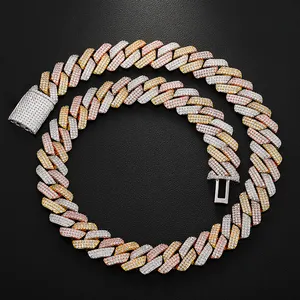












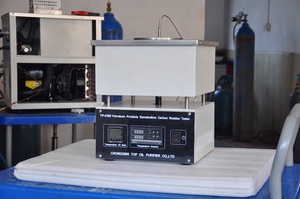
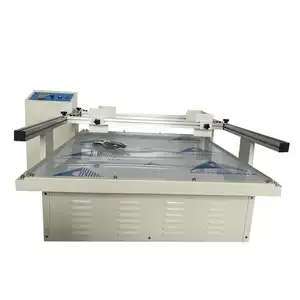



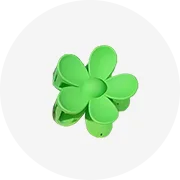
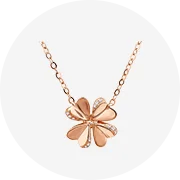
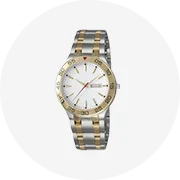

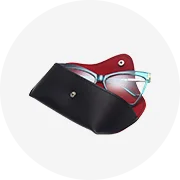
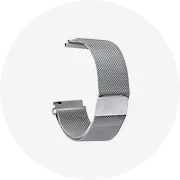
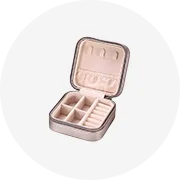








 浙公网安备 33010002000092号
浙公网安备 33010002000092号 浙B2-20120091-4
浙B2-20120091-4